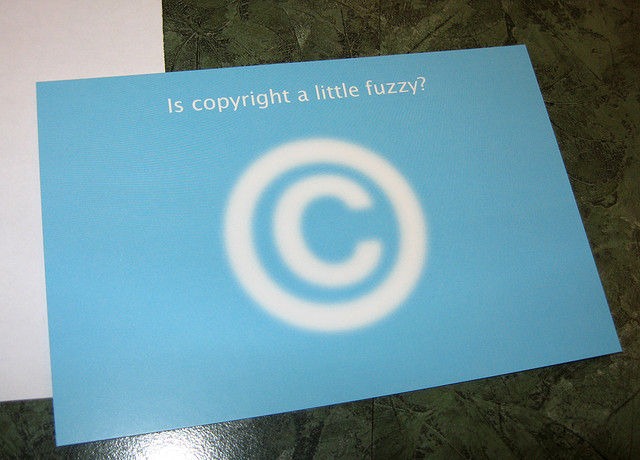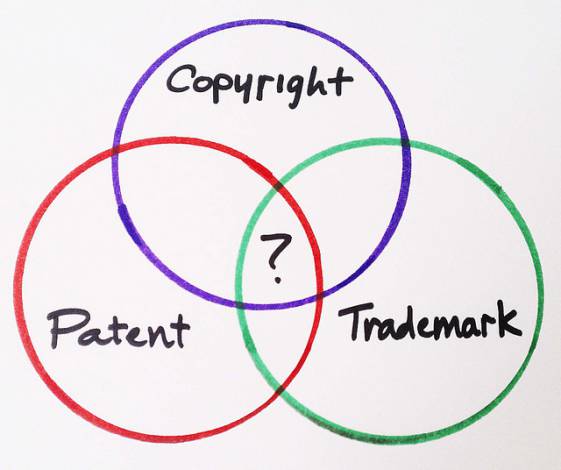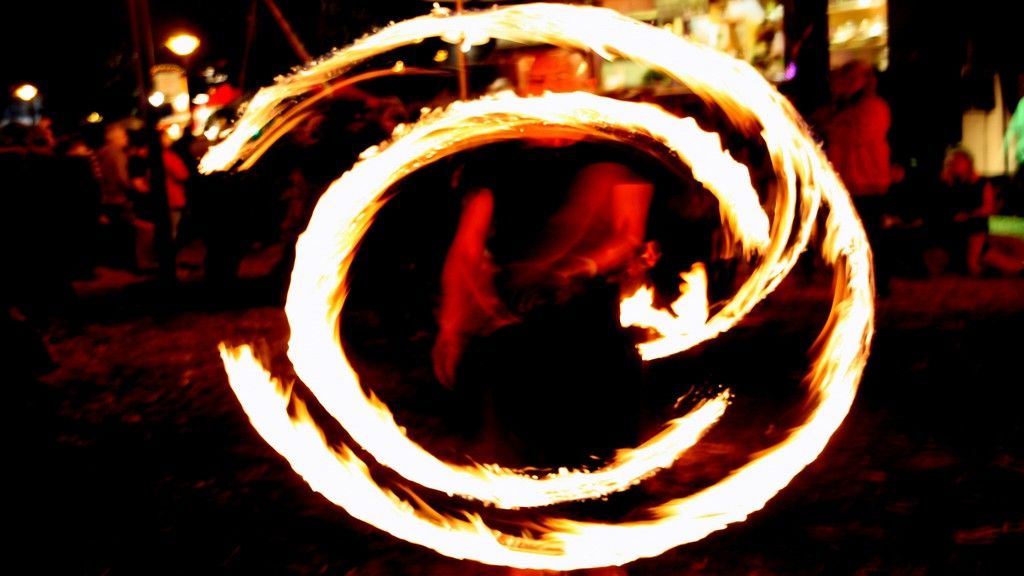It is perfectly natural for designers to seek inspiration in other people’s work. It would be impossible for this not to be the case. However, there is a fine line to walk between being inspired by someone’s work and simply infringing their copyright.
The Critical Question
If you are taken to court for copyright infringement on a piece inspired by someone else – it is likely that they are going to examine whether your work is sufficiently unique to be taken as an original idea. The alternative is that they are going to determine that enough of the work that inspired you is present for in your work so that it can be considered to be derived from that work.

Author/Copyright holder: Elias Bizannes. Copyright terms and licence: CC BY-SA 2.0
It is worth noting that it costs a lot of money to prosecute copyright cases and to defend against them. This means that if you do use other people’s work for inspiration – you want to keep strong records of what inspired you and what your thought processes were when creating your piece. If you can show your thought processes if you are taken to court; it may help you prove that your work is not derivative.
Some suggest that a safer approach is to use elements from several different works in new designs – that way the “uniqueness” of a piece is more likely to be certain.
What Counts for Infringement?
If that were easy to define; there wouldn’t be court cases for copyright infringement. It would be a simple question of ticking a few boxes and determining originality or not.
What is most likely to be looked at is the overall effect of the piece. Does it conjure up the same kinds of feelings and impressions as the original? This means that there’s no simple tick list approach to defending a copyright claim either.

Author/Copyright holder: Unknown. Copyright terms and licence: Unknown Img source
You cannot turn up to court with a list of 8-10 specific changes you have made and argue that this makes your work original. This is a good thing for creative because it protects the underlying ideas and concepts. Otherwise we could all be world class photographers by visiting David Bailey’s website, stealing his images and making changes to the pixel colours in half a dozen places.
The objective of copyright law is to be fair to the original creator of a piece and ensure that they are rewarded for their efforts. If you could simply make a couple of minor changes and then republish people’s work – copyright law wouldn’t be effective.

Author/Copyright holder: BusinessSarah. Copyright terms and licence: CC BY 2.0
You can’t copyright an idea but you can copyright the execution of an idea. There are many other articles on copyright law, for example, and in order for this article not to infringe on their copyright – it has to be written in my own words and structure. Otherwise – it’s not unique. The same is true for designs – the substantive part of the work must be yours and not someone else’s.
The best way to approach this is when in doubt; take legal advice before you publish a design. It may not cover every eventuality but it’s much better than crossing your fingers and hoping for the best.
Header Image: Author/Copyright holder: Martin Fisch. Copyright terms and licence: CC BY-SA 2.0











